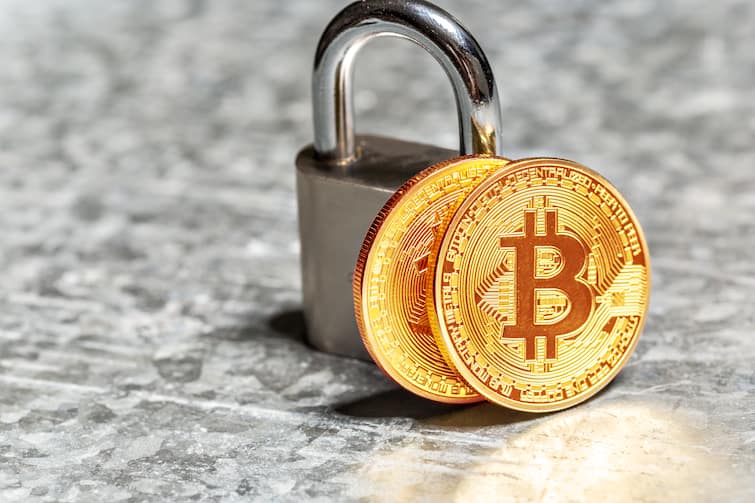By Vikas Gupta
The crypto industry is at a critical juncture, experiencing both positive and negative changes. As digital assets move further into the mainstream, cybercriminals are becoming increasingly aggressive and enhancing their efforts in exploiting vulnerabilities across exchanges, wallets, and decentralised finance (DeFi) platforms. According to the Chainalysis report, over $1.7 billion worth of crypto assets were stolen in 2023 alone, with North Korea-linked groups among the most active criminals.
From large-scale exchange hacks and DeFi exploits to phishing scams and SIM-swapping cases, the rising scale of attacks requires robust encryption, secure security frameworks, and trust-building initiatives.
To counter these threats and increasing hacks, exchanges are actively deploying multi-layered security strategies. A majority of funds are now stored in cold wallets, which keep assets offline and beyond the reach of hackers. Advanced methods like Multi-Party Computation (MPC) take this a step ahead by breaking private keys into multiple shards and placing them across different locations, removing a single point of failure on the exchanger’s end.
Multisignature (multisig) wallets add another layer of security by introducing a requirement for multiple private keys to sign a transaction, making unauthorised transactions nearly impossible. Additionally, AI-powered monitoring systems detect unusual trading patterns, suspicious withdrawals, and compromised wallets, while also offering protection on the user’s end, such as multi-factor authentication (MFA), hardware security keys, and biometric measures.
Regulatory compliance is also a crucial pillar that helps safeguard the industry against fraudsters. Exchanges all over the world are adhering to global standards like the FATF ‘s (Financial Action Task Force) Travel Rule and national registration requirements, including India’s FIU-IND, to ensure KYC and AML checks.
These exchanges work with law enforcement and blockchain analytics firms like Chainalysis and TRM Labs to help track and recover any stolen or lost assets. The regulatory bodies, including the UK’s Financial Conduct Authority (FCA) and Australia’s Austrac (Australian Transaction Reports and Analysis Centre), have introduced dedicated enforcement teams, external audits, and stricter governance mandates, indicating that institutional-grade compliance is now essential for legitimacy.
Transparency initiatives are becoming crucial in boosting users’ trust. Many exchanges publish independently verified Proof of Reserves (PoR) to assure users that every dollar they invest is sufficiently backed. Third-party audits and public transparency reports are becoming standard practice to ensure the solvency and reliability of the platform.
Following a billion-dollar hack, one exchange conducted nine audits in a single month, implemented over 50 new security measures, reinforced its cold wallet infrastructure with a four-layer protection including MPC, hardware security modules, and expert-supervised authorisations, and adopted ISO/IEC 27001 standards, effectively encrypting wallet security by making it impossible to replace.
However, security extends far beyond the technology as it also involves users. Phishing, social engineering, and human error are key vulnerabilities. The leading exchanges all over the world are now running educational campaigns to help users identify scams, employ hardware wallets, and use protective tools such as withdrawal address whitelisting and time locks. Transparent communication after incidents, swift remediation, and even compensation programs strengthen users’ confidence.
(The author is Country Head – India, Bybit)
Disclaimer: The opinions, beliefs, and views expressed by the various authors and forum participants on this website are personal and do not reflect the opinions, beliefs, and views of ABP Network Pvt. Ltd.



